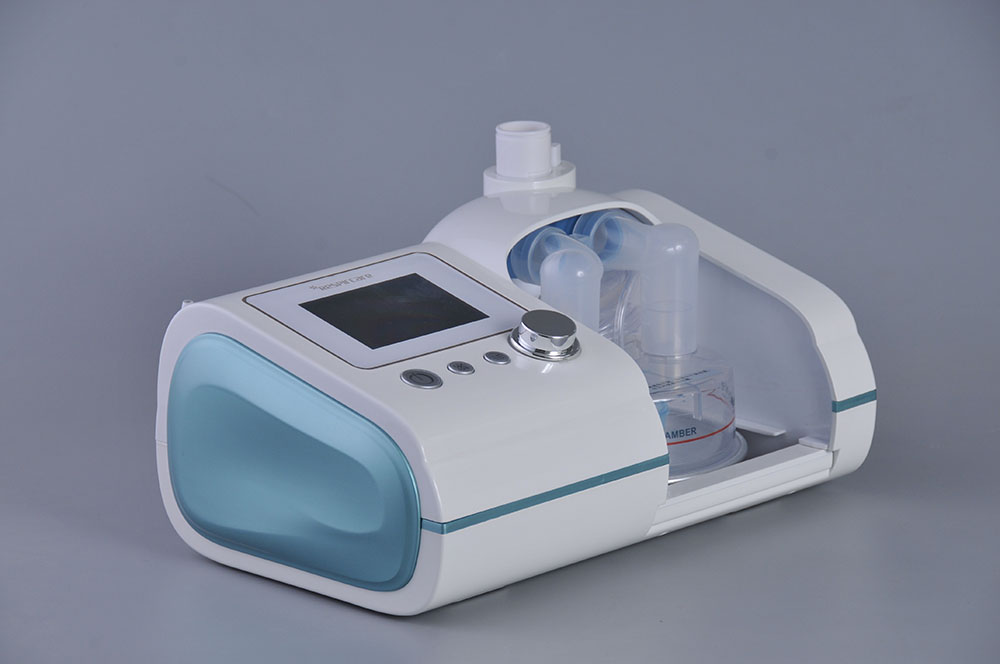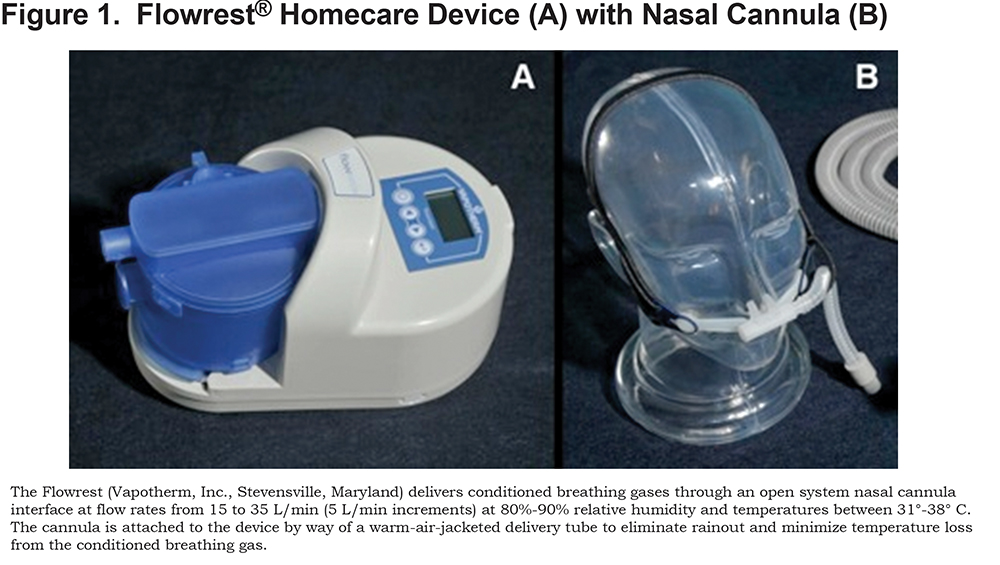

Before weaning flow, FiO 2 should be weaned to at least 0.4 (40%). Flow is adjusted for patient comfort and to target respiratory rates between 25 and 30 BPM in adults. FiO 2 should initially be set at 1.0 (100%). Application should be done at maximum flow (40 – 60 LPM for adults, depending on the brand equipment in use, and up to 8 LPM for infants). Initiation and titration of HFNC is as much an art as a science. 3 This PEEP (or CPAP) effect also decreases work of breathing and improves oxygenation.īased on the delivered effects of HFNC, you may correctly surmise that it’s primary application is treatment of hypoxemic respiratory failure.

Theoretically, every 10 LPM of flow generates 1 CWP of PEEP. There is also a somewhat difficult to quantify level of PEEP generated by the high flow. The high flow washes out nasopharyngeal dead space, improving ventilation and oxygenation. 2 The added moisture can help to liquefy mucus and facilitate expectoration. The heating and humidification overcome the leading causes of discomfort seen with conventional oxygen therapy. The delivered gas, a blended mixture of compressed air and oxygen, set from 0.21 to 1.0 FiO 2, runs through the heater/humidifier where it is warmed to body temperature and humidified to approximately the same 80-90% humidification seen physiologically with air inspired through the mouth and nose. Heating and humidification are accomplished by placing a heater/humidifier similar to those used on mechanical ventilator circuits in line with the HFNC. High-flow nasal cannula therapy utilizes a soft, large bore nasal prongs (cannula), humidification, heating and a gas blender. Occasionally, we need to escalate to use of high flow systems such as a venturi or non-rebreather mask. In most situations, prehospital and in-hospital, oxygen is typically delivered using low-flow devices like the nasal cannula. Knowledge of this form of respiratory support is important for any emergency or critical care provider. Without a tremendous oxygen supply, a HFNC setup would be difficult at best in the prehospital or critical care transport environments, but there are prototypes in development. The flow rates make HFNC a form of non-invasive ventilation (NIV). Related: High-Flow Nasal Cannula: It’s Not Just a Bunch of Hot Air! High-flow nasal cannula refers to heated and humidified oxygen, delivered through a wide bore nasal cannula at flow rates of up to 60 liters per minute (LPM). Early recognition by critical care practitioners that the ARDS-like presentation seen in critically ill COVID patients responded equally as well, if not better, to high concentration oxygen as it did to mechanical ventilation carved a niche for HFNC therapy in COVID care. The COVID pandemic has focused new attention on the value of the high-flow nasal cannula (HFNC). Further evidence is required for firm conclusions.While not yet ready for field application, the high-flow nasal cannula is widely used in clinical settings to treat patients with hypoxemic respiratory failure. The correct timing should be ruled by PaO 2/FiO 2 during ventilation and clinical signs of distress. Clinical effectiveness and comfort should be assessed within 3 days. All patients recovered from respiratory failure (PaO 2>60 mmHg in room air) after 7 days (☓.2).ĬONCLUSIONS: HFNC might be helpful in weaning severe respiratory distress. After 3 days of therapy mean PaO 2/FiO 2 increased to 377 mmHg (☑06.3). RESULTS: Right after initiation of HFNC (day 1), the mean PaO 2/FiO 2 was 238 mmHg (☖5), without clinical signs of respiratory distress. HFNC was set on 34 ☌, with flow ranging from 50 to 60 L/min and FiO 2 from 40 to 60%. Weaning was initiated following a stable period of ventilation (PaO 2/FiO 2 in last days of first respiratory support: 377☖0.2 mmHg). All patients were admitted for severe acute respiratory failure and pneumonia due to SARS-COV-2 (PaO 2/FiO 2 at baseline: 104±42.3 mmHg) and showed a typical progressive stage at chest imaging. Four patients (3F age: 60☙.23 years BMI: 27.5±5.2) were de-escalated from ventilation (3 Helmet CPAP, 1 invasive mechanical ventilation) to HFNC oxygen therapy. METHODS: We retrospectively analyzed patient records from Sub-intensive Care Unit (Cotugno Hospital, Naples, Italy). The purpose of this paper was to report a single center experience on effectiveness and safety of HFNC in weaning of COVID-19 associated respiratory failure. However, no data have been published about settings and protocols. It was widely applied in China during the COVID-19 emergency. HFNC may offer an alternative in patients with acute hypoxemia and potentially reduce mortality. BACKGROUND: High flow nasal cannula (HFNC) showed better oxygenation than standard oxygen therapy delivered through a face mask in acute respiratory failure for all causes.


 0 kommentar(er)
0 kommentar(er)
